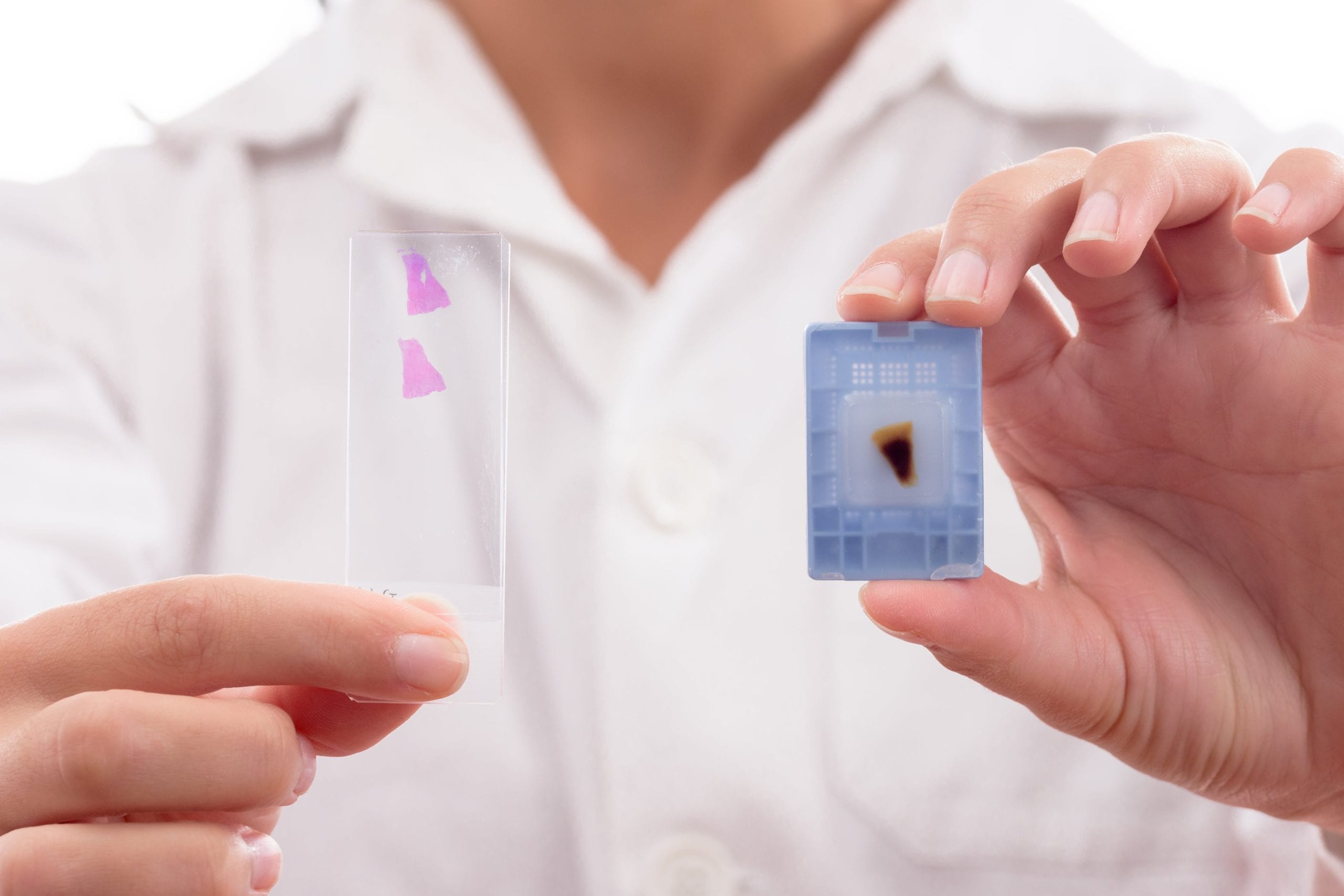A Complete Guide to Using Human Tissue Samples for Drug Development

Human tissue samples have proven to be an invaluable tool for drug discovery and development, as they provide researchers with a better understanding of how drugs behave in living organisms. Today, tissue banks have become a critical resource for scientists and medical professionals looking to develop new treatments for a range of diseases
In this blog post, we will explore the different types of human tissue samples that can be used for drug development and the steps involved in obtaining and utilizing these samples.
3 Types of Human Tissue Used for Drug Development
- Brain Tissue
One of the most commonly used human tissue samples in drug development research is brain tissue. These samples can be obtained from autopsies, surgical procedures, or from tissue banks. Brain tissue samples can offer researchers insights into how drugs affect the brain and the central nervous system. This information can be critical for drug development for neurodegenerative diseases such as Alzheimer’s or Parkinson’s.
- Lung Tissue
Lung tissue samples are another valuable resource for drug development research. They are used to study diseases such as asthma, lung cancer, and chronic obstructive pulmonary disease (COPD). Lung tissue samples can be obtained from the lungs of individuals who have undergone lung surgery, or from individuals who have donated their organs.
- Breast Tissue
Breast tissue samples are commonly used in cancer research for the development of new treatments. These samples are usually obtained during surgeries, and they can provide a better understanding of how drugs can be effective in treating breast cancer.
How to Obtain and Use Tissue Samples For Drug Development
The process of obtaining human tissue samples for research involves several steps. First, tissue banks must obtain consent from donors or their families before collecting samples. Once obtained, the samples are processed, tested, and stored in a controlled environment to maintain their viability.
Once researchers have obtained human tissue samples, they can be used in a variety of ways for drug development research. They can be utilized to screen potential drug candidates, test drug efficacy, and determine drug toxicity and safety. Additionally, tissue samples can be utilized for the identification of biomarkers, which can aid in drug development by providing insights into the safety and efficacy of a new drug.
Advance Drug Discovery and Development with Human Tissue Samples
Human tissue samples have the potential to significantly enhance drug development. They provide researchers with insights into how drugs interact with different organs and tissues in the body and can help speed up the process of drug development.
However, it is important to ensure that the collection and utilization of these samples are done ethically and responsibly. With the proper guidelines and regulations in place, human tissue samples can continue to be a critical resource for the development of new treatments for a wide range of diseases.





